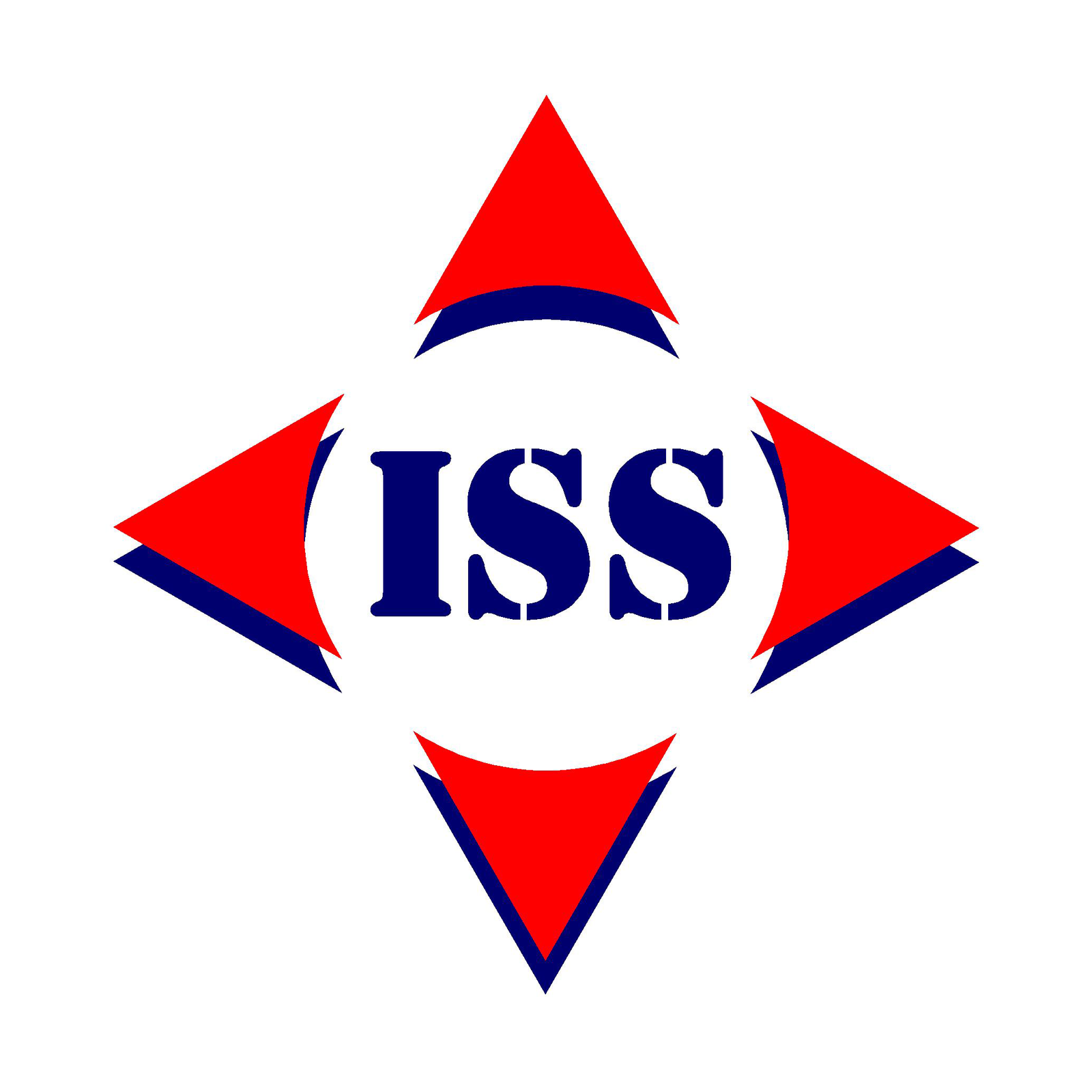
In an era where customers expect to track their $20 food delivery in real-time, it's no surprise that businesses are demanding the same visibility for their million-dollar shipments. The days of cargo disappearing into a logistics "black hole" between departure and arrival are rapidly becoming a thing of the past, thanks to revolutionary developments in Internet of Things (IoT) technology and telematics.
At ISS Shipping, we've witnessed firsthand how these technologies are transforming supply chain management for Australian businesses. From temperature-sensitive pharmaceuticals to shock-sensitive electronics, advanced monitoring capabilities are not just enhancing visibility—they're fundamentally changing how businesses manage risk, ensure quality, and optimize their logistics operations.
The Evolution of Cargo Monitoring
Cargo tracking has evolved dramatically over the past decade:
Yesterday's Approach:
- Periodic EDI updates at major milestones
- Manual temperature checks at handoff points
- Post-delivery quality inspections
- Reactive problem-solving after damage occurs
Today's IoT-Powered Reality:
- Continuous real-time location monitoring
- Remote temperature and humidity sensing
- Impact and tilt detection during transit
- Predictive alerts before problems escalate
This shift from reactive to proactive monitoring represents one of the most significant advancements in modern logistics, especially for Australian businesses navigating long international supply chains.
Understanding IoT and Telematics in Shipping
What is IoT in Logistics?
The Internet of Things refers to physical devices embedded with sensors, software, and connectivity that enable them to collect and exchange data. In shipping, these devices range from simple GPS trackers to sophisticated multi-sensor arrays that monitor various environmental and physical conditions.
What is Telematics?
Telematics combines telecommunications and informatics to transmit data over long distances. In freight applications, telematics systems collect, transmit, store and analyze information from sensors attached to shipments or vehicles, providing actionable intelligence throughout the supply chain.
Game-Changing Applications for Australian Shippers
1. Temperature and Environmental Monitoring
For temperature-sensitive shipments, continuous monitoring provides unprecedented control:
- Real-Time Alerts: Receive immediate notifications when temperatures deviate from acceptable ranges, allowing for corrective action before product quality is compromised.
- Compliance Documentation: Automatically generate unbroken cold chain records for regulatory compliance in pharmaceuticals, food, and other sensitive industries.
- Micro-Environment Insights: Detect variations within containers, identifying hot spots or cold spots that might affect specific portions of your shipment.
Australian Context: For businesses importing temperature-sensitive goods during our extreme summer months, or exporting perishables to distant markets, these capabilities can significantly reduce spoilage and extend product shelf life.
2. Shock, Vibration, and Tilt Monitoring
Physical handling events that previously went undetected can now be precisely documented:
- Impact Detection: Sensors record the magnitude, direction, and timing of impacts, identifying exactly when and where mishandling occurs.
- Vibration Analysis: Continuous vibration monitoring helps identify problematic transit segments that could affect sensitive machinery or electronics.
- Orientation Tracking: For shipments that must remain upright, tilt sensors provide immediate alerts if improper handling occurs.
This visibility allows you to hold specific carriers or handlers accountable for damage and make informed decisions about packaging requirements and carrier selection.
3. Location and Route Analytics
Beyond basic tracking, advanced location monitoring offers strategic insights:
- Geofencing Capabilities: Create virtual boundaries that trigger notifications when shipments enter or exit specific areas, such as ports, warehouses, or high-risk zones.
- Route Compliance: Verify that carriers follow agreed routes, particularly important for high-value or security-sensitive cargo.
- Dwell Time Analysis: Identify bottlenecks where your cargo experiences unexpected delays, enabling process improvement.
4. Security and Tampering Detection
IoT devices significantly enhance cargo security:
- Electronic Seals: Digital seals that record any unauthorized access attempts and immediately alert stakeholders.
- Light Detection: Sensors that detect when containers are opened during unauthorized periods.
- Anomaly Alerts: AI-powered systems that flag unusual patterns that might indicate theft or tampering.
Looking Ahead: The Future of Cargo Monitoring
The IoT revolution in cargo monitoring continues to advance rapidly:
- Miniaturization: Smaller, more energy-efficient sensors that can be deployed at the package or even product level.
- Blockchain Integration: Immutable records of monitoring data to support insurance claims and regulatory compliance.
- Advanced Sensory Capabilities: New sensor types that can detect gases, biological contaminants, or product-specific quality factors.
- Sustainable Monitoring: Eco-friendly, recyclable sensors with minimal environmental impact.
Conclusion
The integration of IoT and telematics into cargo monitoring represents a fundamental shift from uncertainty to visibility, from reaction to prevention, and from assumption to knowledge. For Australian businesses navigating complex global supply chains, these technologies offer unprecedented control and confidence.
Whether you're shipping pharmaceuticals that require pristine conditions, electronics sensitive to mishandling, or simply want the peace of mind that comes with knowing exactly where your cargo is and how it's being treated, modern monitoring solutions provide answers to questions that previously went unanswered.
At ISS Shipping, we're committed to helping our clients leverage these technologies to protect their cargo, optimize their supply chains, and ultimately deliver better service to their customers.
Contact us today to discuss your options.




